10 Keys to Writing Story Beats in Novels (with Exercises)
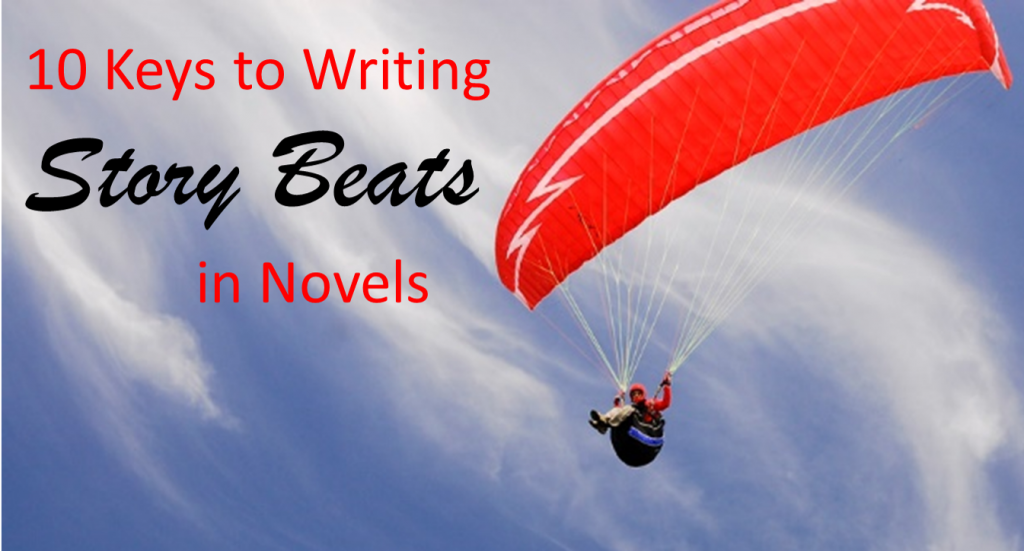 Key 1: A Story Beat is the Smallest Unit in Fiction
Key 1: A Story Beat is the Smallest Unit in Fiction
The definition: A beat is the smallest story unit in fiction. Individual words are like atoms. Story beats are the molecules, the real building blocks of the story world. There are different categories or types of story beats including a line of dialogue, a moment of action, a moment of reaction, a moment of inaction, a visual image, an emotion, a setting, a theme, or an instance of meta-storytelling.
A beat is often a sentence long, though sometimes it will be half a sentence or two to three sentences.
A group of beats together builds a scene; a group of scenes builds a chapter; a group of chapters builds a novel. But if the beats aren’t working right, the novel will crumble.
 A metaphorical depiction of molecules, from The Golden Book Encyclopedia, 1959. Image Credit: cori kindred, Creative Commons license
A metaphorical depiction of molecules, from The Golden Book Encyclopedia, 1959. Image Credit: cori kindred, Creative Commons license
We use story beats naturally, but when we analyze them consciously it allows us to improve them. For example, dialogue beats often follow each other, and if we just have a series of dialogue beats it speeds up the pace of the scene. It’s also useful to interrupt a series of dialogue beats with an emotion beat or an action beat, and sometimes doing so isn’t optional, or we will lose or frustrate our readers.
I’ve tried to create a comprehensive, yet in-depth look at beats in this three-part blog post series. Each blog post includes several writing exercises.
Part 1: Intro to Story Beats (this post)
- Key 1: defining a story beat
- Key 2: the beat sheet.
- Key 3: the pause or inaction beat.
- 2 Writing Exercises
Part 2: Action Beats, Dialogue Beats, and Beat Variation
- Key 4: in-depth on action beats.
- Key 5: integrating dialogue and action beats.
- Key 6: varying your beats (and the three beat rule).
- 2 Writing Exercises
Part 3: Emotion Story Beats
- Key 7: using emotion beats to connect your reader to the character.
- Key 8: using emotion beats that are distinctive to your story world or character.
- Key 9: advanced emotion beats.
- Key 10: complex reaction beats.
- 3 Writing Exercises
Key 2: Use a Beat Sheet to Outline your Story
What is a Beat Sheet? A beat sheet is a sort of outline or sequencing of your story, using a list or bullet points. The term is used primarily in screenwriting that has been borrowed by novelists.
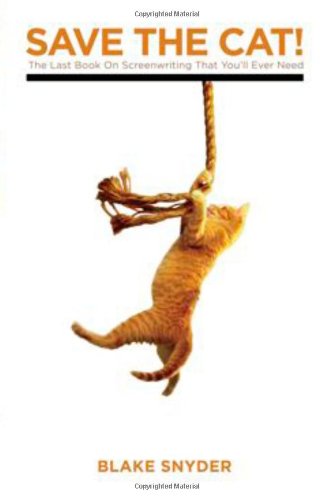 You can think about a beat sheet as your story skeleton. The beats referred to in the beat sheet are actually bigger-picture than the beats I’m discussing in this blog post. If you’re interested in creating a beat sheet, I strongly recommend the Save the Cat. The book focuses on screenwriting, but it works great for novel structure as well. Another useful resource is novelist Dan Wells’ seven point plot structure, which you can view in a series of youtube videos.
You can think about a beat sheet as your story skeleton. The beats referred to in the beat sheet are actually bigger-picture than the beats I’m discussing in this blog post. If you’re interested in creating a beat sheet, I strongly recommend the Save the Cat. The book focuses on screenwriting, but it works great for novel structure as well. Another useful resource is novelist Dan Wells’ seven point plot structure, which you can view in a series of youtube videos.
Key 3: Incorporate the Pause or Inaction Beat to Imitate Life, Build Tension, and Give Reaction Space to your Reader
As writers, we want our characters to always be doing things. Yet sometimes a pause can be powerful, or is the natural reaction of a character.
There’s a great example in The Life of Pi by Yann Martel. The main character, a young Indian boy named Piscine (nicknamed Pi), decides that he wants to be Christian, Muslim, and Hindu. As luck would have it, all three of his religious leaders run into Pi and his parents at the same time.
Pause beats are used masterfully throughout the passage:
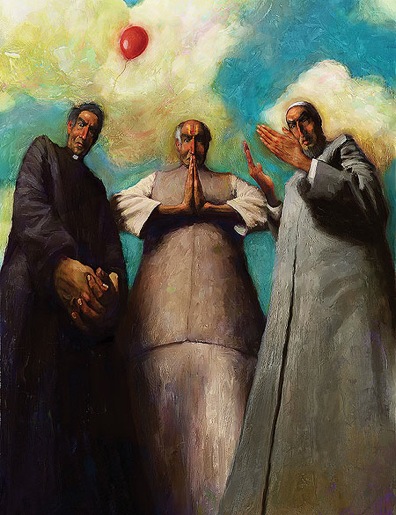
The intensity increases throughout the passage with each pause. Sometimes conflict in dialogue occurs at a machine gun pace, but often it’s in little spurts, with pauses in between.
The most common type of pause is actually the use of a dialogue tag. Now admittedly, a lot of dialogue tags aren’t actual pauses—they’re just orienting the reader, telling us who is speaking. Yet sometimes dialogue tags are used to create a short pause, a short beat for either the characters or the reader, simply by where they are placed.
For example, take The Great Greene Heist by Varian Johnson. It’s an awesome heist/political intrigue novel set in middle school:
“Maybe I should talk to Carmen,” Keith said. “Persuade her to change her mind.” “Or maybe you should just let it go,” Wilton said. “With Kelsey on your side, there’s no way Gaby can win.”Here the dialogue tags are performing their basic function: letting us know the speaker. Yet both tags also create a pause. In part this imitates the natural pauses in human speech. By adding a dialogue tag, it implies a longer pause than a period would create. In the above example, both pauses show a progression of thought, and add emphasis to key parts of the dialogue.
Exercises
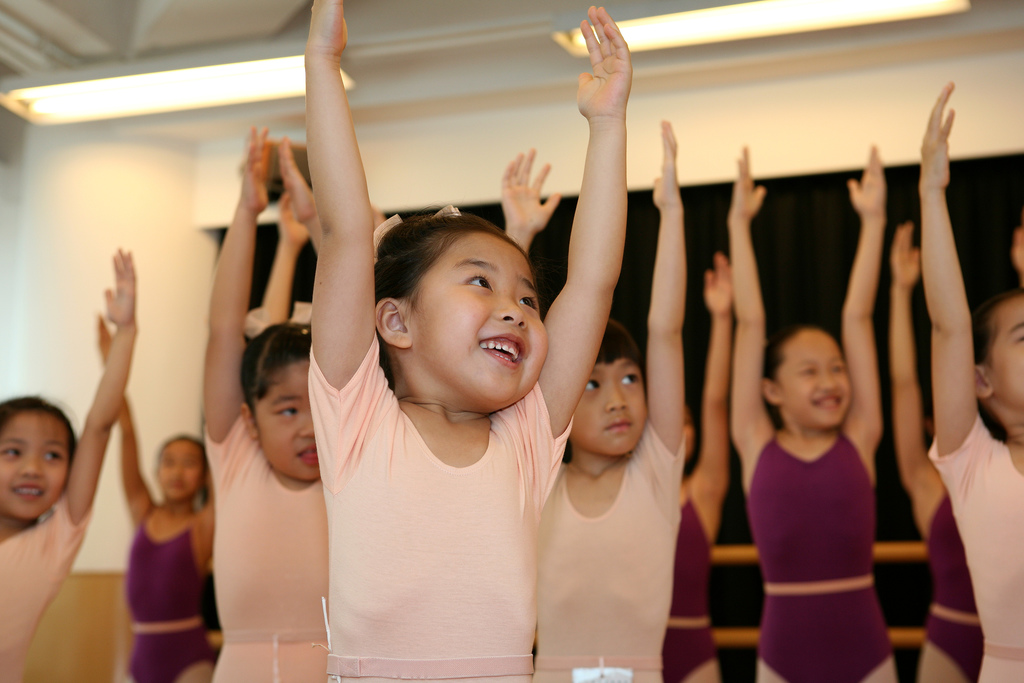
Image by Tommy Wong, Creative Commons license
Exercise 1: Pauses
Write a dialogue between two characters (your own or someone else’s) where the pauses are as important as what is said.
Exercise 2: Analyze a Scene
Choose a scene from one of your favorite books and analyze how the author uses beats. Does she use lots of action beats? Do they always follow dialogue with emotion beats? When are setting beats used and to what effect? Etc.
Check out my new novel!
If you enjoyed this post, please consider learning about my new spy novel, The Secret Life of Miss Mary Bennet, coming in April 2021 from Tule Publishing.
Read More:
Part 2: Action Beats, Dialogue Beats, and Beat Variation (Keys 4-6)
Part 3: Emotion Story Beats (Keys 7-10)
10 Keys to Writing Dialogue in Fiction
Original paragliding image by Dorin Paslaru, Creative Commons license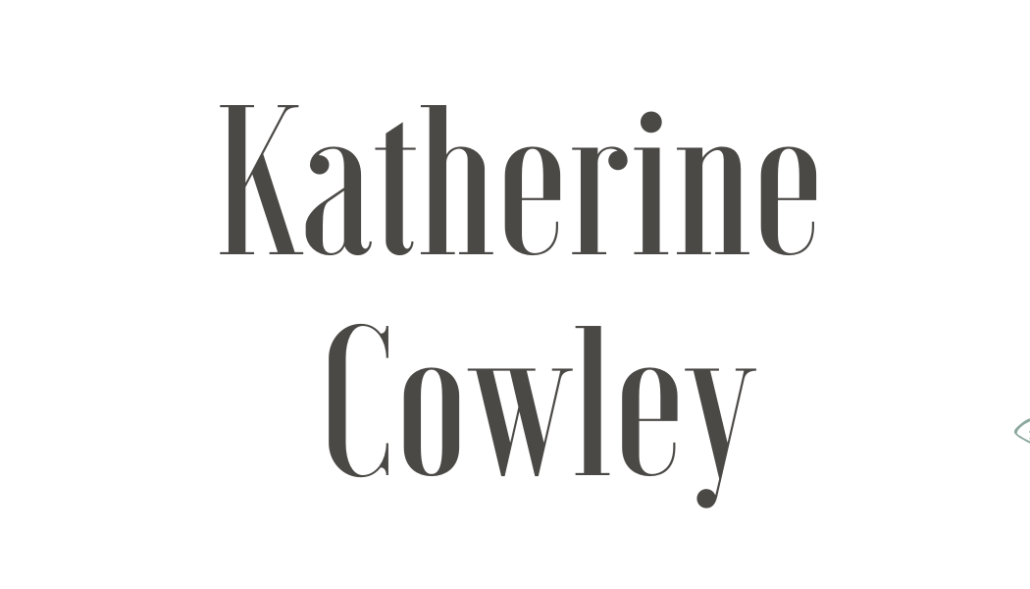
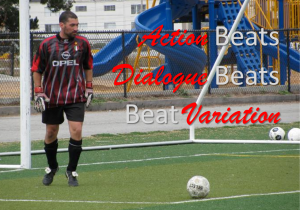
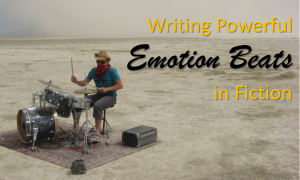
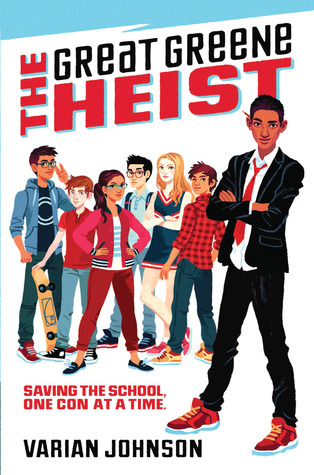
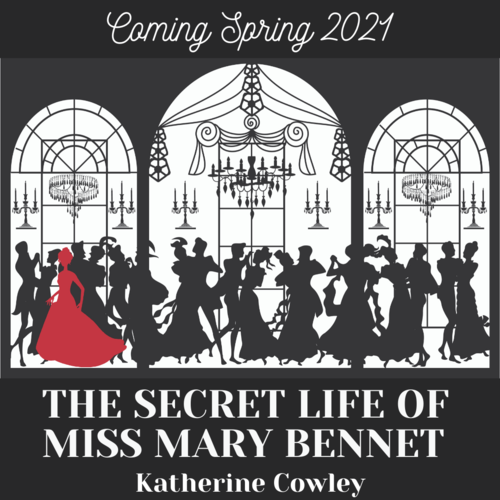
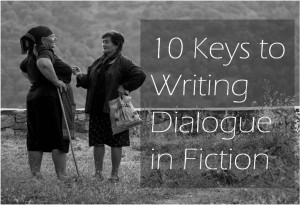
I loved your series of blogs on story beats and dialogue beats. Quite brilliant! Thank you.
I have been trying to meld your series on story beats – action, dialogue, emotion – with the article by Randy Ingermanson (The Snowflake Man) on large and small sentence structure (scene/sequel and MRU’s) that you referenced @:
https://www.advancedfictionwriting.com/articles/writing-the-perfect-scene/
I have also referenced the section on Scene Structure in KM Weiland’s book Structuring your Novel: Essential Keys for Writing an Outstanding Story.
I have a question:
Should I use MRU’s with all types of beats?
I see action and dialogue beats, but how about with advanced emotional beats such as setting, metaphor/simile, surreal images?
What about Pause/inaction beat?
Many thanks,
Val
I should correct my query above: the article on small/large scene structure by Randy Ingermanson was cited in the article by Janci Patterson that you included.
Val
Loved your content Catherine, very well-written!
Writing a book in any genre is quite a dreading process, but nothing beats the rewarding feeling of holding a book with your name on it.
Check also my blog about Ultimate Guide to Writing a Meaningful Spiritual Book
Hope this will also help. Thank you.
Another amazing blog from Catherine. All you have shared in this article are useful that I can’t wait to apply these in real life.
Writing a trilogy is difficult. There are many things that you need to consider and keep in mind in order to create a beautiful and successful trilogy. Despite the difficulty and intricacies, you can certainly create your own trilogy with enough knowledge, skills, and dedication. Hopefully, this article Things to Remember in Writing a Trilogy has given you some inspiration to produce your own trilogy in the future.
Thanks,
Regards,
Joab